Home>Renovation & DIY>Home Renovation Guides>What Is A Crawl Space Foundation
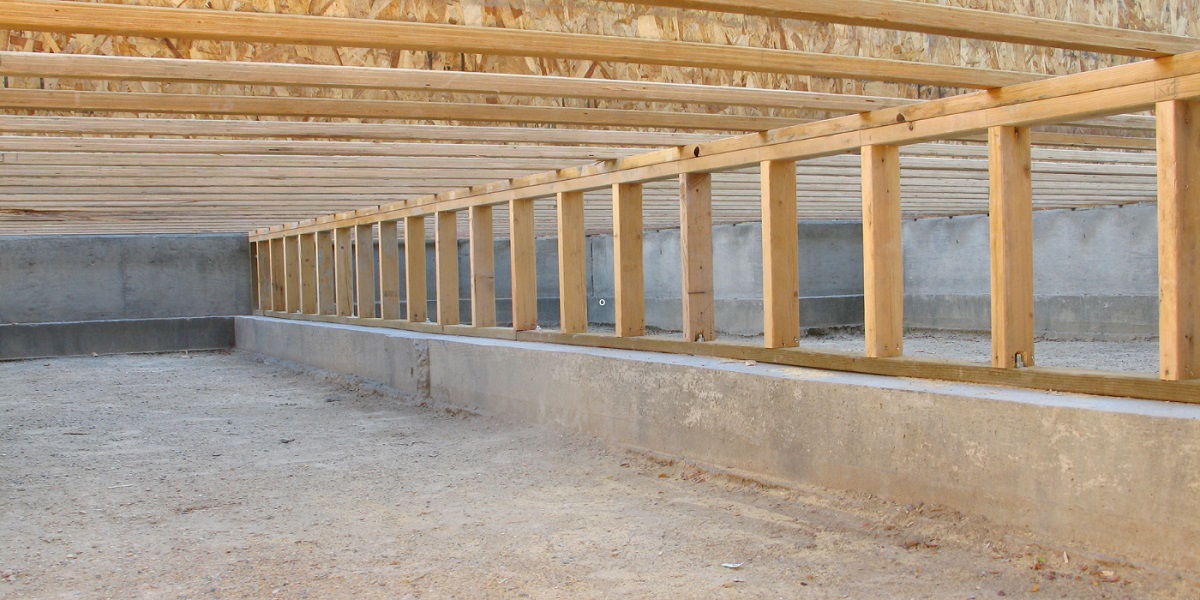

Home Renovation Guides
What Is A Crawl Space Foundation
Published: January 31, 2024
Learn about crawl space foundations for your home renovation project. Find out the benefits, drawbacks, and considerations for this type of foundation. Explore our home renovation guides for expert advice.
(Many of the links in this article redirect to a specific reviewed product. Your purchase of these products through affiliate links helps to generate commission for Storables.com, at no extra cost. Learn more)
Introduction
When it comes to the structural integrity of a home, the foundation plays a pivotal role. Among the various types of foundations, the crawl space foundation is a popular choice for many homeowners. This unique foundation type offers both advantages and disadvantages, making it essential for homeowners to understand its characteristics and maintenance requirements.
A crawl space foundation is a type of foundation that elevates a home a few feet above the ground, creating a small, accessible space between the ground and the bottom of the first floor. This space, typically around 1 to 3 feet in height, allows for limited access for maintenance and repairs. Crawl space foundations are commonly found in regions with moist or expansive soil conditions, where a full basement may not be practical or necessary.
Understanding the intricacies of a crawl space foundation is crucial for homeowners, as it directly impacts the overall stability and longevity of the home. By gaining insight into the advantages, disadvantages, and maintenance requirements of this foundation type, homeowners can make informed decisions regarding their property's structural design and upkeep.
In the following sections, we will delve deeper into the definition of a crawl space foundation, explore its advantages and disadvantages, address common issues associated with this foundation type, and provide valuable maintenance tips to ensure the optimal functionality and longevity of the crawl space foundation. Whether you are a homeowner considering a crawl space foundation for a new construction or seeking to maintain an existing one, this comprehensive guide will equip you with the knowledge needed to make informed decisions and effectively care for your home's foundation.
Key Takeaways:
- Crawl space foundations offer benefits like moisture control and accessibility for maintenance, but require proactive upkeep to prevent issues like pest infestation and structural deterioration. Regular inspections and moisture control are key to preserving their functionality.
- Homeowners can enjoy the advantages of crawl space foundations, such as energy efficiency and cost-effectiveness, by implementing regular maintenance. Proactive measures like pest prevention and insulation upkeep are essential for long-term stability and value.
Read more: How To Fix A Crawl Space Foundation
Definition of Crawl Space Foundation
A crawl space foundation is a type of structural support system commonly used in home construction. It involves elevating the living space of a home a few feet above the ground, creating a designated area, known as the crawl space, beneath the main floor. This crawl space is typically accessible through small entry points and allows for limited mobility, primarily for maintenance and repair purposes.
The height of a crawl space foundation is usually between 1 to 3 feet, providing enough space for individuals to enter and perform necessary tasks such as plumbing repairs, electrical maintenance, and addressing issues related to insulation and ventilation. This type of foundation is often constructed using concrete footings and piers to support the weight of the home, with the crawl space serving as an intermediary zone between the ground and the living area.
Crawl space foundations are particularly common in regions with high moisture levels or expansive soil conditions. By elevating the home above the ground, these foundations help mitigate potential moisture-related issues such as flooding, dampness, and mold growth. Additionally, they provide a cost-effective alternative to full basements, offering a balance between structural stability and accessibility for maintenance and repairs.
The construction of a crawl space foundation involves careful planning and implementation to ensure proper ventilation, insulation, and moisture control within the crawl space. This includes the installation of vapor barriers, adequate ventilation openings, and insulation to regulate temperature and humidity levels, safeguarding the structural integrity of the home.
In summary, a crawl space foundation serves as a practical and versatile structural solution for homes, especially in areas where soil and moisture conditions necessitate elevated living spaces. Its design allows for essential maintenance and repair tasks while providing a barrier against potential moisture-related issues. Understanding the characteristics and construction principles of a crawl space foundation is essential for homeowners and construction professionals alike, as it directly influences the long-term stability and functionality of the home.
Advantages of Crawl Space Foundation
A crawl space foundation offers several distinct advantages that make it a desirable choice for many homeowners. Understanding these benefits is crucial for individuals considering this foundation type for new construction or evaluating the advantages of an existing crawl space foundation.
-
Moisture Control: One of the primary advantages of a crawl space foundation is its ability to mitigate moisture-related issues. By elevating the home above the ground, the crawl space creates a barrier against potential water intrusion, reducing the risk of flooding and moisture seepage. Properly constructed crawl spaces incorporate vapor barriers and adequate ventilation, effectively managing humidity levels and preventing mold and mildew growth.
-
Accessibility for Maintenance: Unlike slab foundations, crawl space foundations provide accessible space beneath the home, allowing for easier maintenance and repairs. Homeowners and professionals can access the crawl space to address plumbing, electrical, and HVAC systems, as well as insulation and structural components. This accessibility can lead to cost savings in the long run, as maintenance tasks can be performed more efficiently.
-
Insulation and Energy Efficiency: Crawl space foundations enable the installation of insulation beneath the living area, contributing to improved energy efficiency. Properly insulated crawl spaces help regulate indoor temperatures, reducing heating and cooling costs. Additionally, the elevated design of crawl space foundations minimizes direct contact between the home and the ground, reducing heat transfer and enhancing overall energy performance.
-
Cost-Effective Construction: In comparison to full basements, crawl space foundations offer a cost-effective structural solution. The reduced excavation and material requirements make them an attractive option for homeowners seeking a balance between stability and affordability. This cost efficiency can be particularly advantageous in regions where full basements may not be necessary or practical.
-
Adaptability to Sloped Terrain: Crawl space foundations are well-suited for properties with sloped terrain or uneven ground conditions. Their elevated design allows for more flexibility in construction, accommodating variations in land elevation without the need for extensive excavation or modification of the natural landscape.
-
Pest Control: Elevating the home with a crawl space foundation can serve as a deterrent against certain pests and insects. Properly maintained crawl spaces can be equipped with pest barriers and treated for pest prevention, reducing the risk of infestations and minimizing potential damage to the home's structure.
Overall, the advantages of a crawl space foundation encompass moisture control, accessibility for maintenance, energy efficiency, cost-effectiveness, adaptability to terrain, and pest control. These benefits make crawl space foundations a practical and versatile choice for homeowners seeking a reliable structural foundation with added functionality and long-term value.
Disadvantages of Crawl Space Foundation
While a crawl space foundation offers various advantages, it is important to consider its potential drawbacks. Understanding the disadvantages associated with this foundation type is essential for homeowners and construction professionals to make informed decisions and effectively address any challenges that may arise.
-
Moisture Management: Despite its potential for moisture control, a crawl space foundation requires diligent maintenance to prevent moisture buildup. Inadequate ventilation or compromised vapor barriers can lead to excess humidity, potentially causing mold and mildew growth. Addressing moisture-related issues in a crawl space can be labor-intensive and may require ongoing vigilance to maintain optimal conditions.
-
Insulation Challenges: Insulating a crawl space can present challenges, particularly in regions with fluctuating temperatures. Inadequate insulation or improper installation can lead to energy inefficiency and temperature fluctuations within the home. Additionally, insulation in crawl spaces may be susceptible to damage from pests or moisture, requiring regular inspection and maintenance.
-
Potential for Pest Infestation: The accessible nature of crawl spaces can make them vulnerable to pest infestations. Without proper pest barriers and maintenance, crawl spaces may become habitats for rodents, insects, and other pests, posing potential risks to the home's structural integrity and indoor air quality.
-
Susceptibility to Structural Issues: Crawl space foundations are susceptible to structural damage if not properly maintained. Issues such as wood rot, foundation settling, and moisture-related deterioration can compromise the integrity of the foundation over time. Regular inspections and proactive maintenance are essential to identify and address potential structural concerns.
-
Limited Storage and Access: Unlike full basements, crawl spaces offer limited storage and accessibility. The confined space may restrict homeowners from utilizing the area for storage or expansion, potentially impacting the overall functionality of the home.
-
Potential for HVAC Challenges: HVAC systems located in crawl spaces may face additional maintenance challenges due to the environment's susceptibility to moisture and temperature fluctuations. Ensuring proper ventilation and insulation around HVAC components is crucial to prevent system inefficiency and potential damage.
-
Accessibility Constraints: While the accessibility of a crawl space can be advantageous for maintenance, it may also pose challenges for individuals with limited mobility. The confined nature of the space can make it difficult for some individuals to navigate and perform necessary tasks, potentially requiring additional assistance or accommodations.
Understanding these potential disadvantages of a crawl space foundation is essential for homeowners and construction professionals. By proactively addressing these challenges through proper maintenance, insulation, pest control, and structural upkeep, the drawbacks associated with crawl space foundations can be effectively mitigated, allowing homeowners to enjoy the benefits of this foundation type while minimizing potential issues.
Make sure to keep your crawl space dry and well-ventilated to prevent mold and moisture issues. Regular inspections and maintenance can help avoid costly repairs in the future.
Common Issues with Crawl Space Foundation
Crawl space foundations, while offering several advantages, are prone to specific issues that can impact the structural integrity and functionality of a home. Understanding these common issues is essential for homeowners to proactively address potential concerns and maintain the optimal condition of their crawl space foundation.
-
Moisture Accumulation: One of the most prevalent issues with crawl space foundations is moisture accumulation. Without proper ventilation and moisture control measures, crawl spaces can become susceptible to excess humidity, leading to mold growth, wood rot, and potential structural damage. Addressing moisture accumulation through the installation of vapor barriers, adequate ventilation, and regular inspections is crucial to prevent long-term issues.
-
Pest Infestation: The accessible nature of crawl spaces makes them vulnerable to pest infestations. Rodents, insects, and other pests may find their way into the crawl space, posing risks to the home's structure and indoor air quality. Implementing pest control measures, such as sealing entry points and regular inspections, is essential to mitigate the potential for pest infestations.
-
Insulation Challenges: Inadequate or damaged insulation in the crawl space can lead to energy inefficiency and temperature fluctuations within the home. Additionally, insulation may be susceptible to damage from pests or moisture, requiring regular maintenance and replacement as needed to uphold energy efficiency and indoor comfort.
-
Structural Deterioration: Crawl space foundations are susceptible to structural issues such as wood rot, foundation settling, and moisture-related deterioration. Regular inspections and proactive maintenance are crucial to identify and address potential structural concerns, ensuring the long-term stability of the foundation.
-
Ventilation and Air Quality: Inadequate ventilation in the crawl space can lead to poor air quality within the home. Proper ventilation measures, including the installation of vents and air circulation systems, are essential to maintain healthy indoor air quality and prevent the buildup of harmful pollutants.
-
HVAC System Challenges: HVAC systems located in crawl spaces may face additional maintenance challenges due to the environment's susceptibility to moisture and temperature fluctuations. Ensuring proper insulation and ventilation around HVAC components is crucial to prevent system inefficiency and potential damage.
-
Accessibility and Maintenance: The confined nature of crawl spaces can pose challenges for maintenance and repairs, particularly for individuals with limited mobility. Ensuring safe and accessible entry points, adequate lighting, and clear pathways within the crawl space is essential to facilitate maintenance tasks and inspections.
By addressing these common issues through proactive maintenance, moisture control, pest prevention, and structural upkeep, homeowners can effectively mitigate potential challenges associated with crawl space foundations, ensuring the long-term stability and functionality of their homes.
Read more: What Is A Crawl Space?
Maintenance Tips for Crawl Space Foundation
Proactive maintenance is essential for preserving the structural integrity and functionality of a crawl space foundation. By implementing the following maintenance tips, homeowners can effectively mitigate potential issues and ensure the optimal condition of their crawl space foundation.
-
Regular Inspections: Schedule routine inspections of the crawl space to assess for signs of moisture accumulation, pest activity, insulation damage, and structural concerns. Look for any water seepage, condensation, or visible mold growth, and address these issues promptly to prevent long-term damage.
-
Moisture Control: Implement moisture control measures such as installing vapor barriers and ensuring adequate ventilation. Monitor humidity levels within the crawl space and address any excess moisture promptly. Consider using a dehumidifier if necessary to maintain optimal humidity levels.
-
Pest Prevention: Seal entry points and cracks to prevent pest intrusion into the crawl space. Regularly inspect for signs of pest activity and implement pest control measures as needed. Consider professional pest prevention services to safeguard the crawl space against infestations.
-
Insulation Maintenance: Check the condition of insulation in the crawl space and address any damage or deterioration. Properly insulate exposed pipes to prevent freezing during cold weather. Regularly inspect and replace insulation as needed to uphold energy efficiency and temperature regulation.
-
Structural Upkeep: Monitor the condition of support piers, beams, and floor joists within the crawl space. Address any signs of wood rot, deterioration, or foundation settling promptly. Consider consulting a structural engineer for a comprehensive assessment of the crawl space foundation's integrity.
-
Ventilation Management: Ensure that the crawl space has adequate ventilation to promote air circulation and prevent stagnant air. Install and maintain vents and air circulation systems to improve air quality and prevent the buildup of harmful pollutants.
-
HVAC System Maintenance: Regularly inspect and maintain HVAC components located in the crawl space. Ensure proper insulation and ventilation around HVAC units to prevent inefficiency and potential damage due to moisture or temperature fluctuations.
-
Accessibility and Safety: Maintain safe and accessible entry points to the crawl space, ensuring clear pathways and adequate lighting for inspections and maintenance tasks. Consider installing a vapor barrier on the crawl space floor to prevent ground moisture from entering the space.
By adhering to these maintenance tips, homeowners can effectively preserve the condition of their crawl space foundation, mitigate potential issues, and ensure the long-term stability and functionality of their homes. Regular maintenance and proactive measures are key to safeguarding the crawl space foundation against common challenges and preserving the overall integrity of the home.
Conclusion
In conclusion, a crawl space foundation serves as a practical and versatile structural solution for homeowners, offering a balance between accessibility, moisture control, and cost-effective construction. Despite its advantages, including moisture mitigation, accessibility for maintenance, and energy efficiency, crawl space foundations are not without their challenges. Issues such as moisture accumulation, pest infestation, insulation challenges, and structural deterioration require proactive maintenance and vigilant oversight to ensure the long-term stability and functionality of the foundation.
By understanding the characteristics, advantages, and potential drawbacks of a crawl space foundation, homeowners can make informed decisions regarding their property's structural design and maintenance. Regular inspections, moisture control measures, pest prevention, and structural upkeep are essential components of effective maintenance for crawl space foundations. Additionally, proper insulation, ventilation management, and HVAC system maintenance play crucial roles in preserving the optimal condition of the crawl space and the overall home.
It is important for homeowners to recognize the significance of proactive maintenance in addressing common issues associated with crawl space foundations. By adhering to the recommended maintenance tips and addressing potential challenges promptly, homeowners can safeguard their crawl space foundation against moisture-related issues, pest infestations, and structural concerns. This proactive approach not only ensures the longevity of the foundation but also contributes to the overall stability and value of the home.
In essence, while crawl space foundations offer distinct advantages, they require diligent maintenance and proactive measures to mitigate potential drawbacks. By prioritizing regular inspections, moisture control, pest prevention, and structural upkeep, homeowners can effectively preserve the integrity of their crawl space foundation, ensuring a stable and functional living environment for years to come. With a comprehensive understanding of the maintenance requirements and potential challenges, homeowners can confidently embrace the benefits of a crawl space foundation while effectively addressing its unique considerations.
Frequently Asked Questions about What Is A Crawl Space Foundation
Was this page helpful?
At Storables.com, we guarantee accurate and reliable information. Our content, validated by Expert Board Contributors, is crafted following stringent Editorial Policies. We're committed to providing you with well-researched, expert-backed insights for all your informational needs.
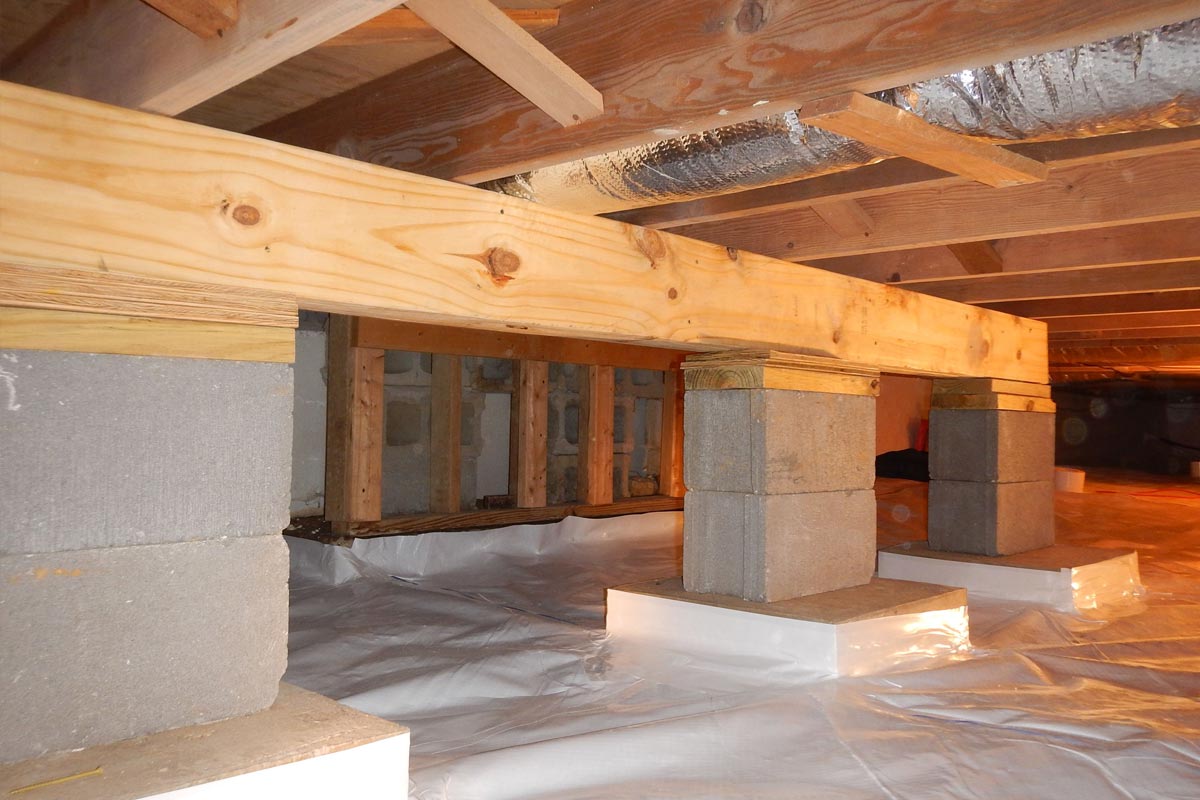
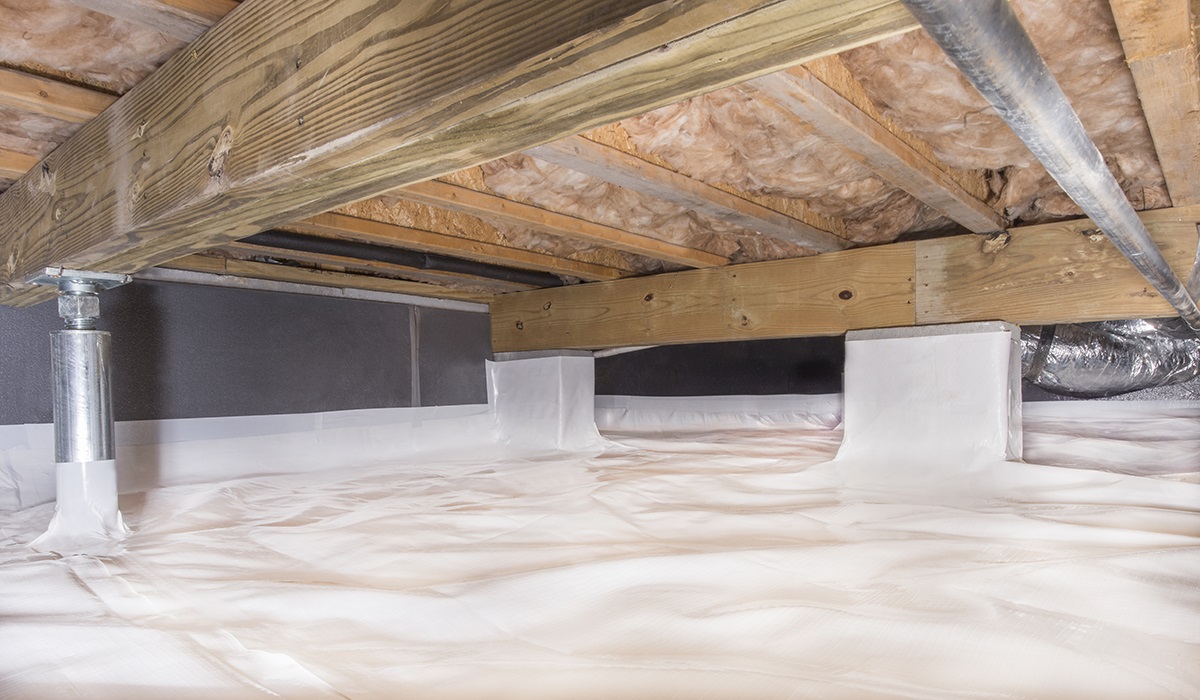
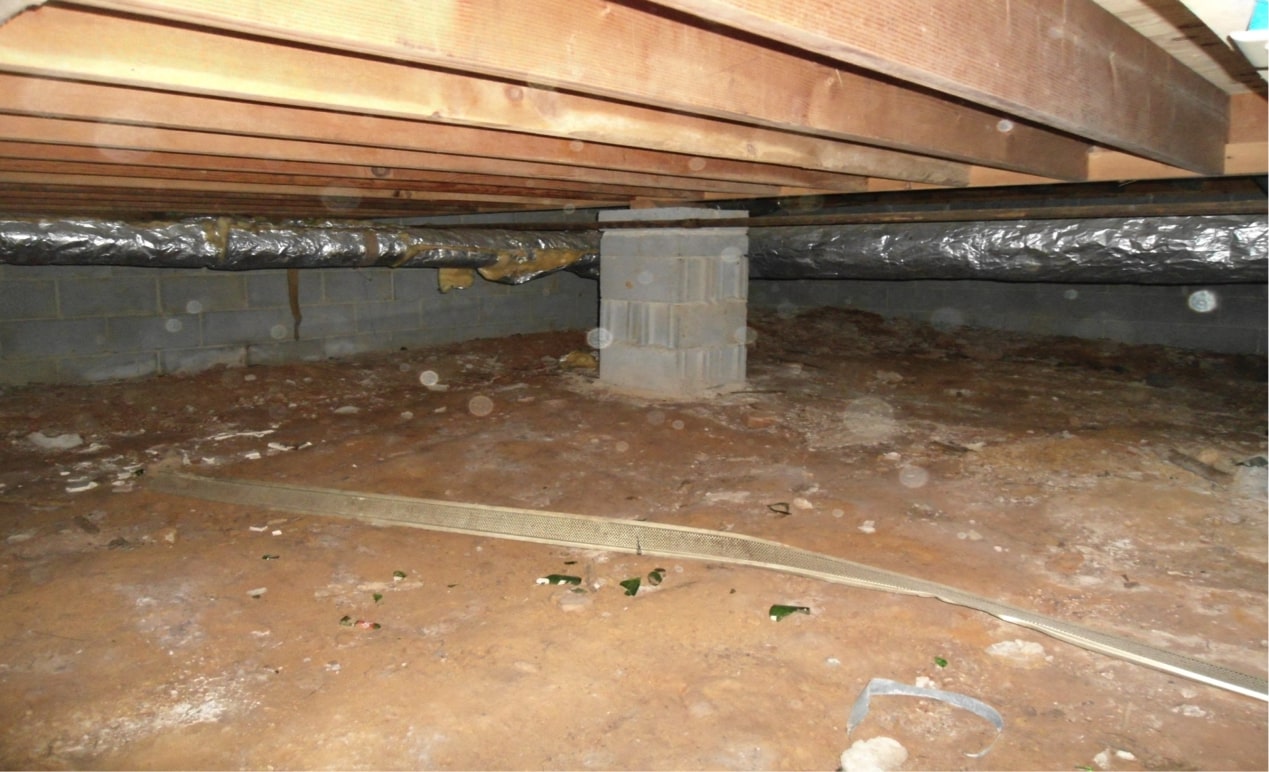
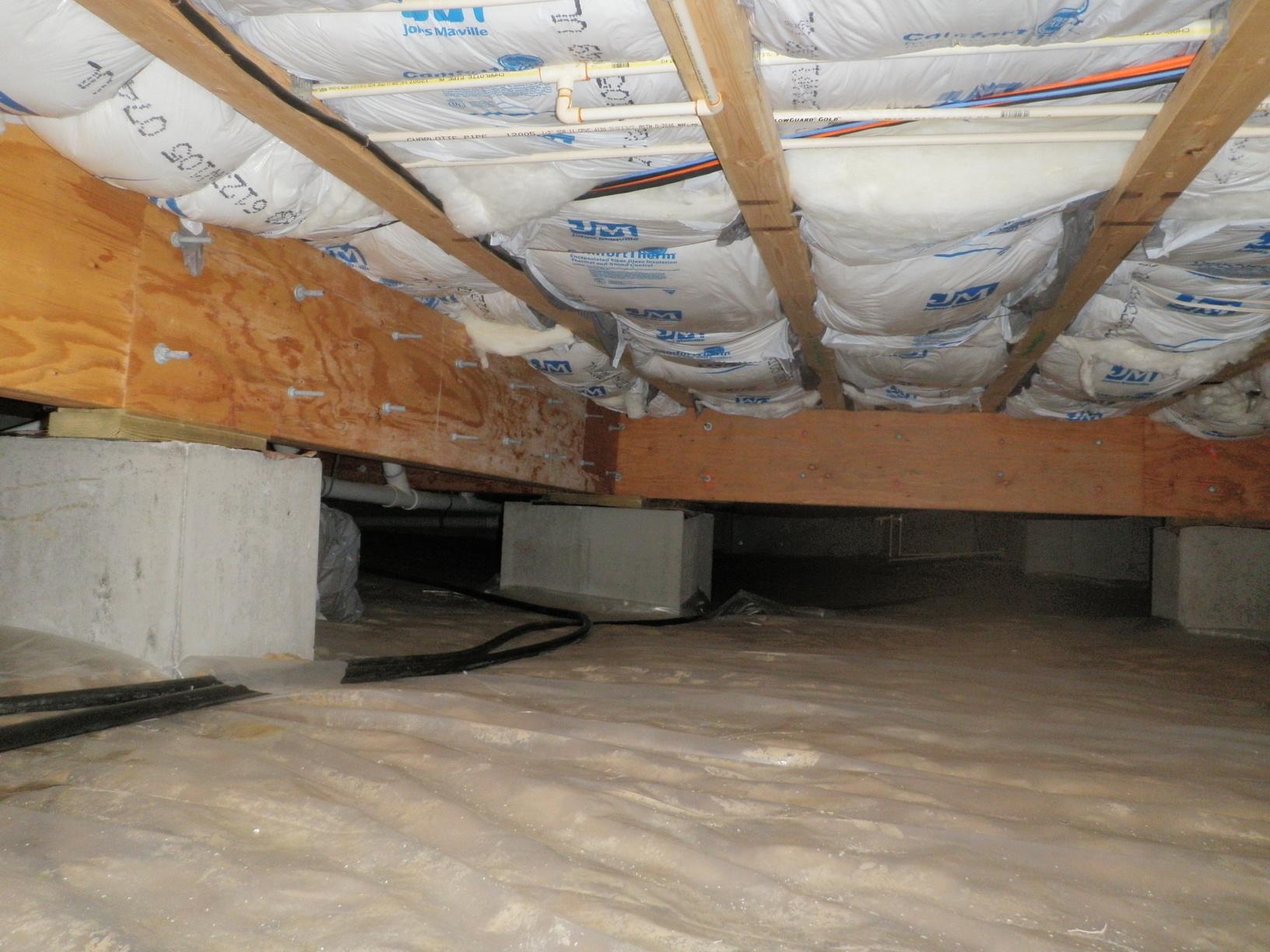
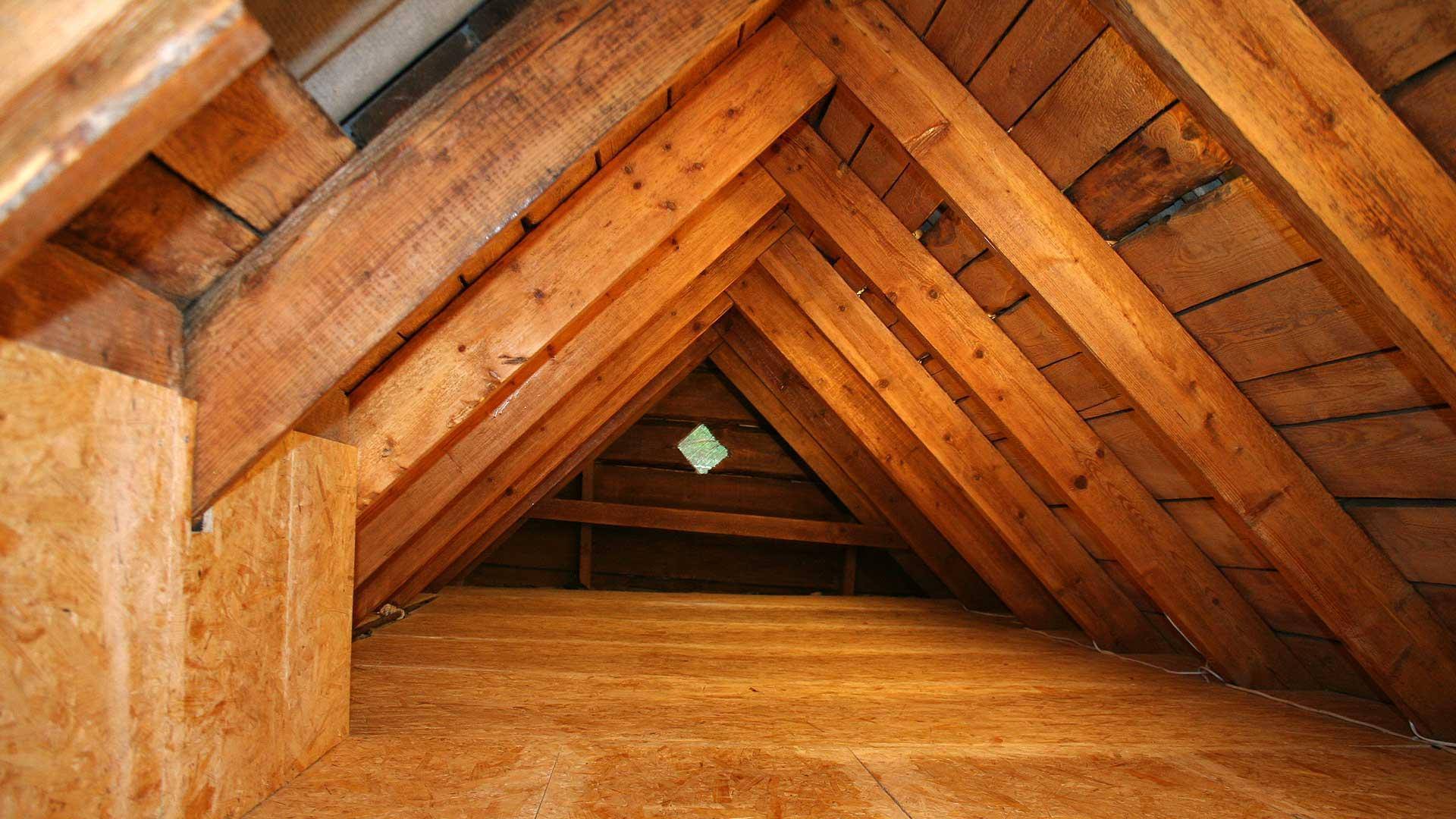
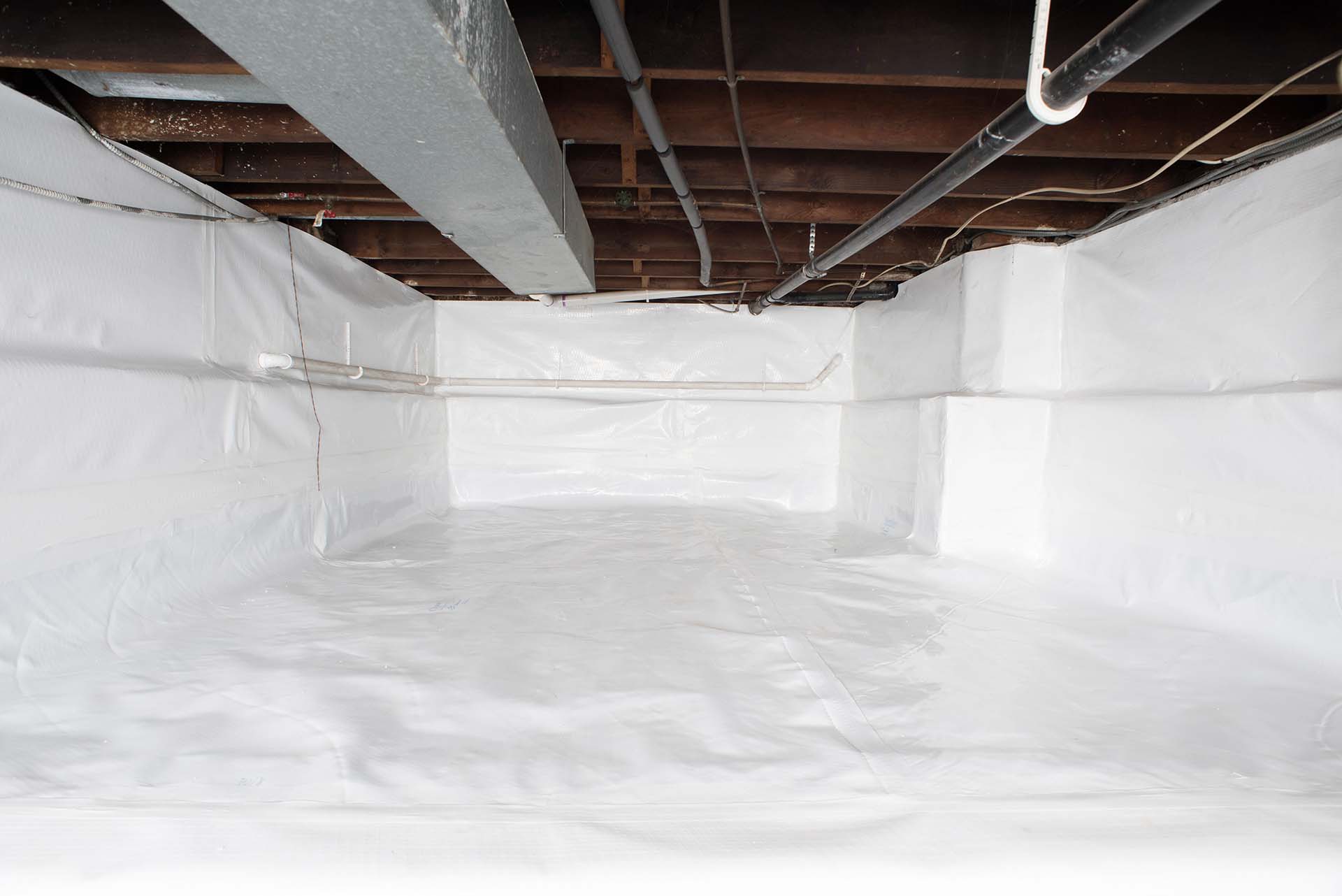
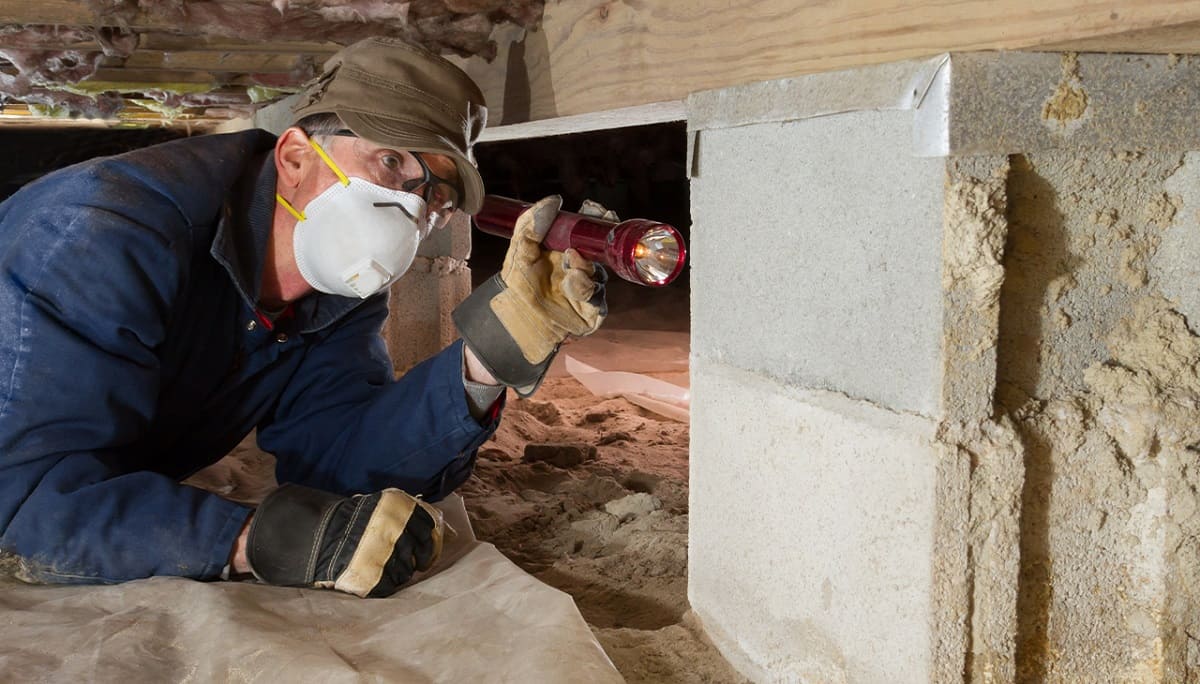
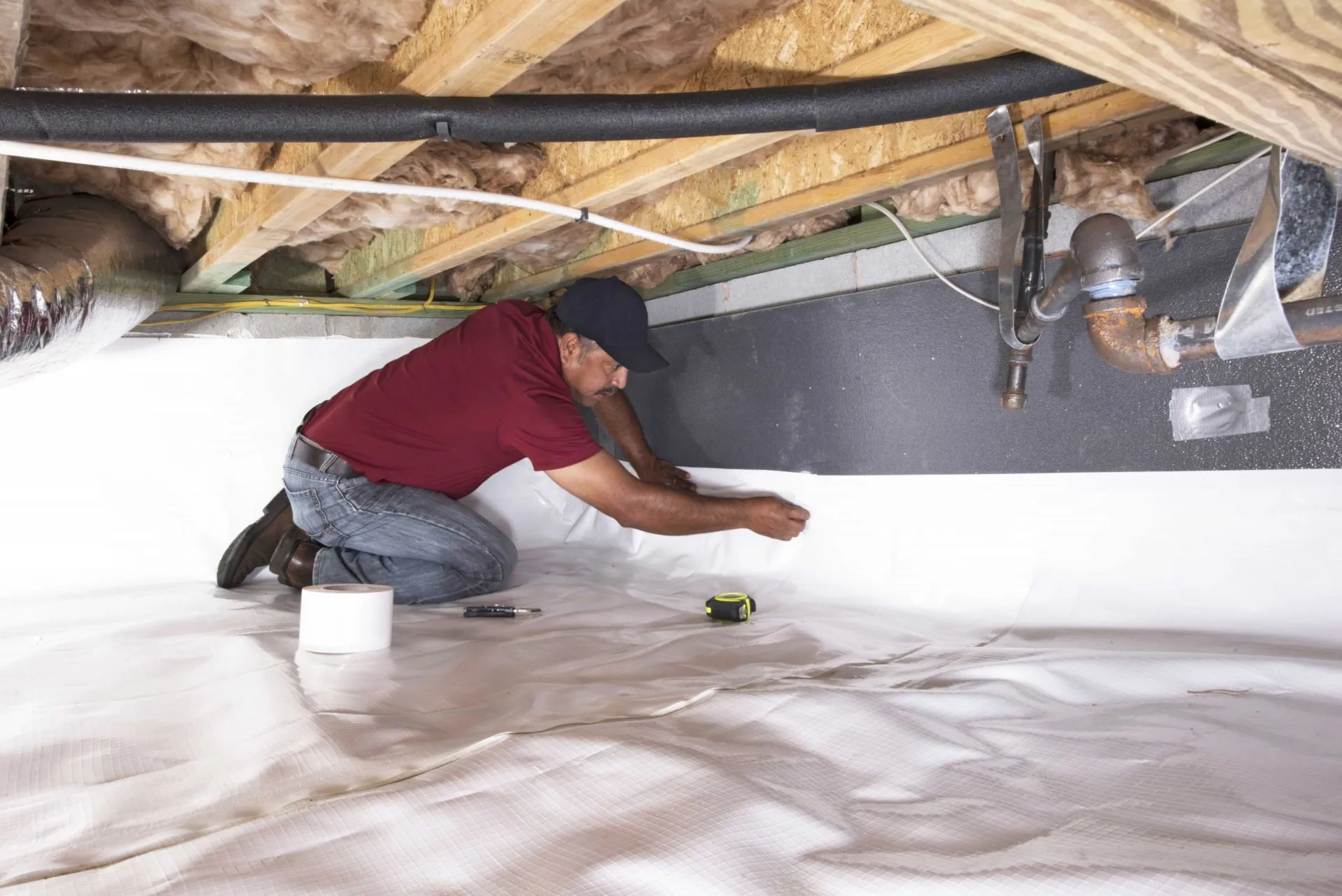
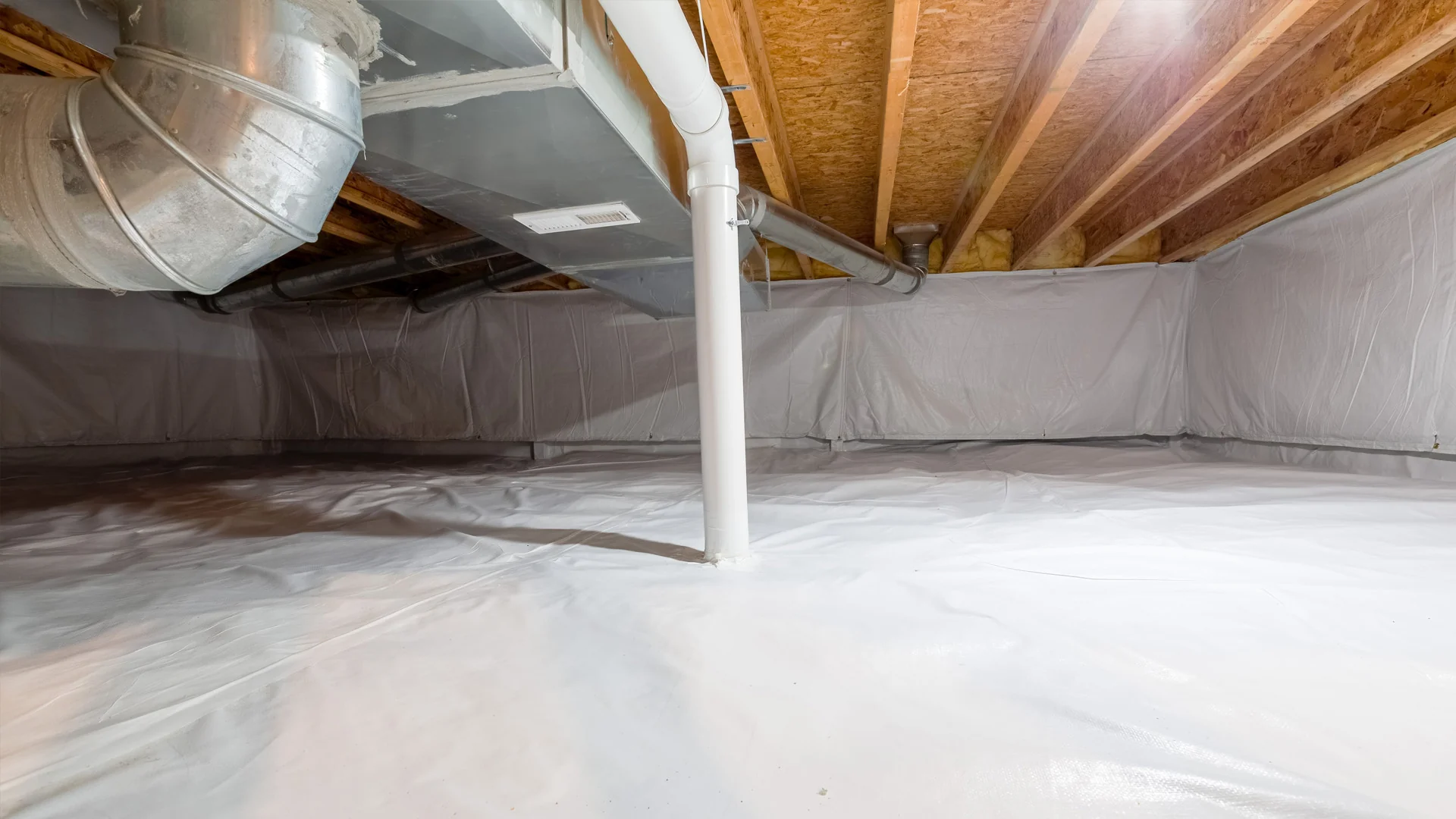
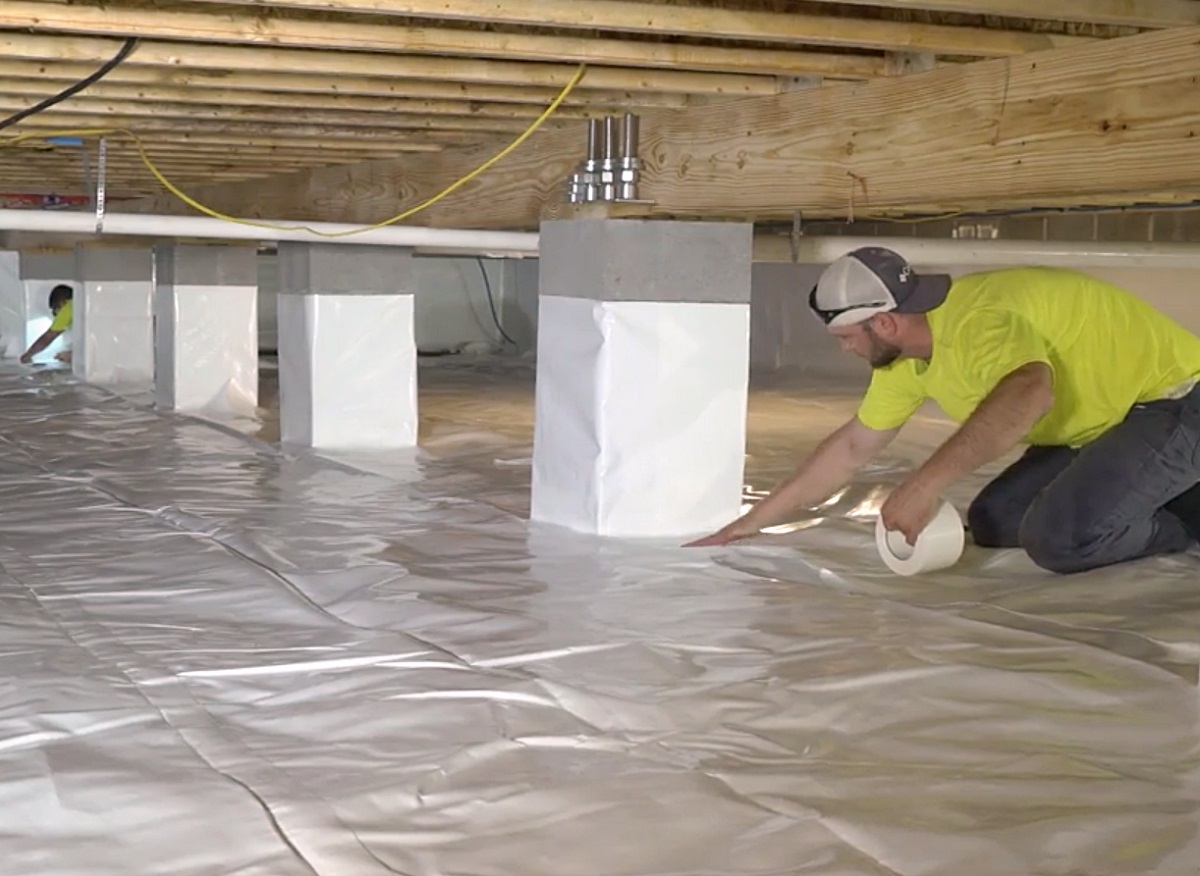
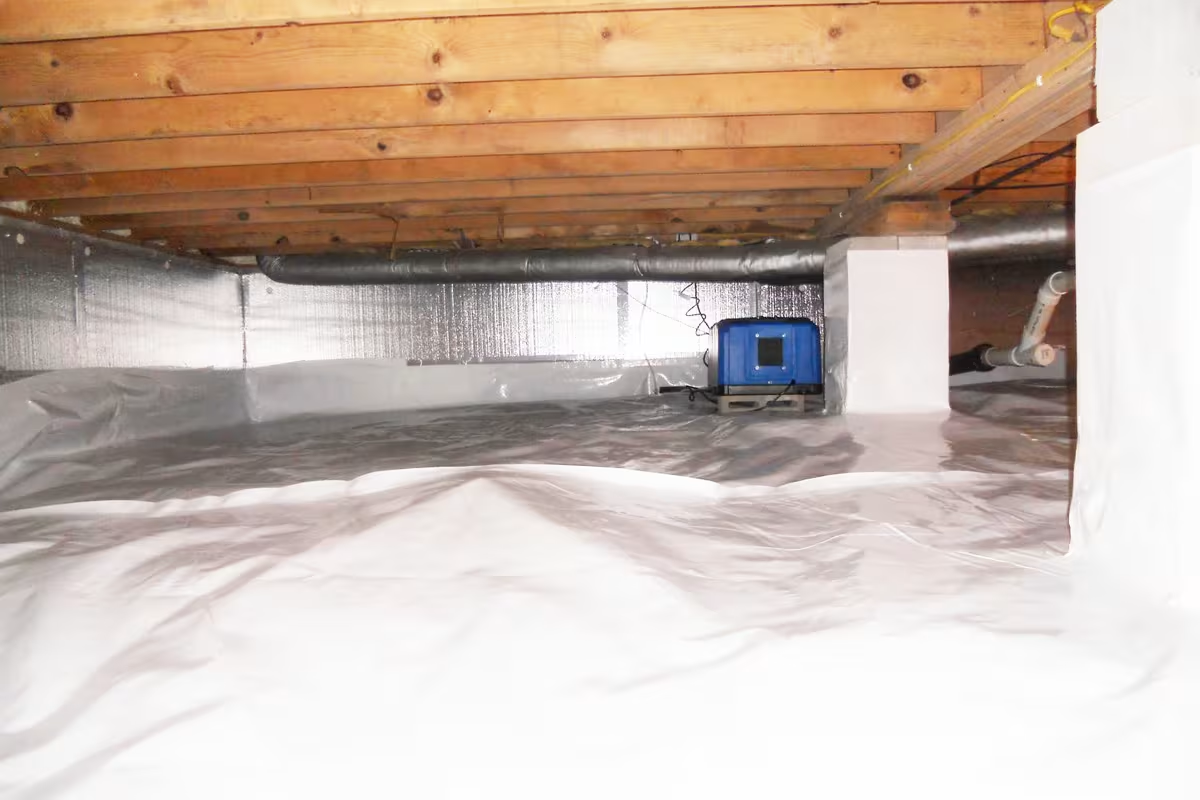
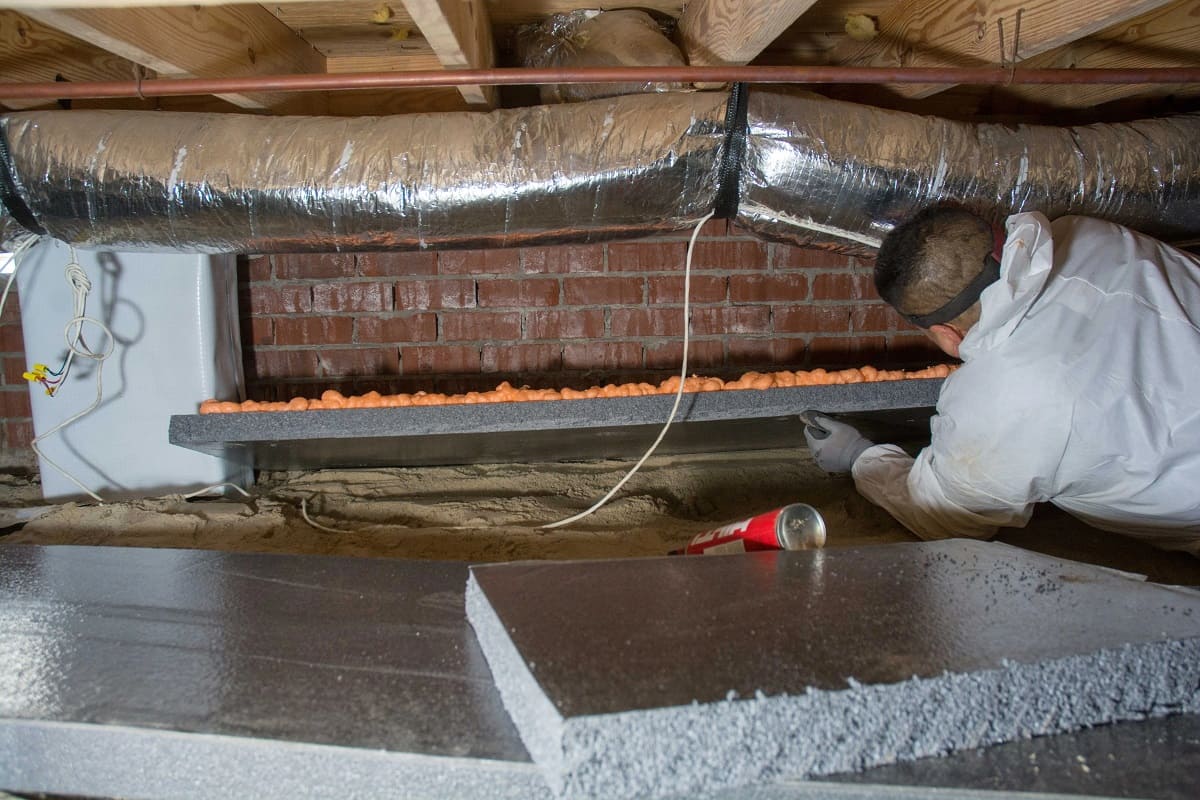
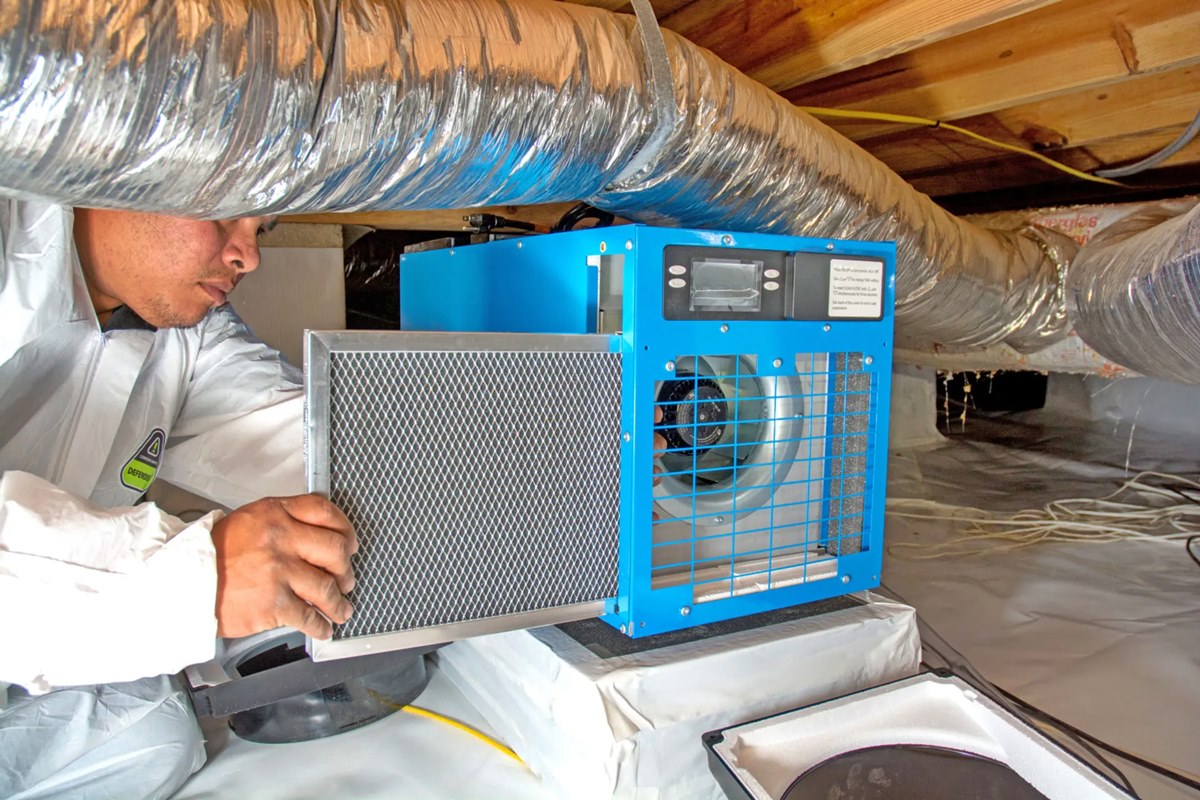
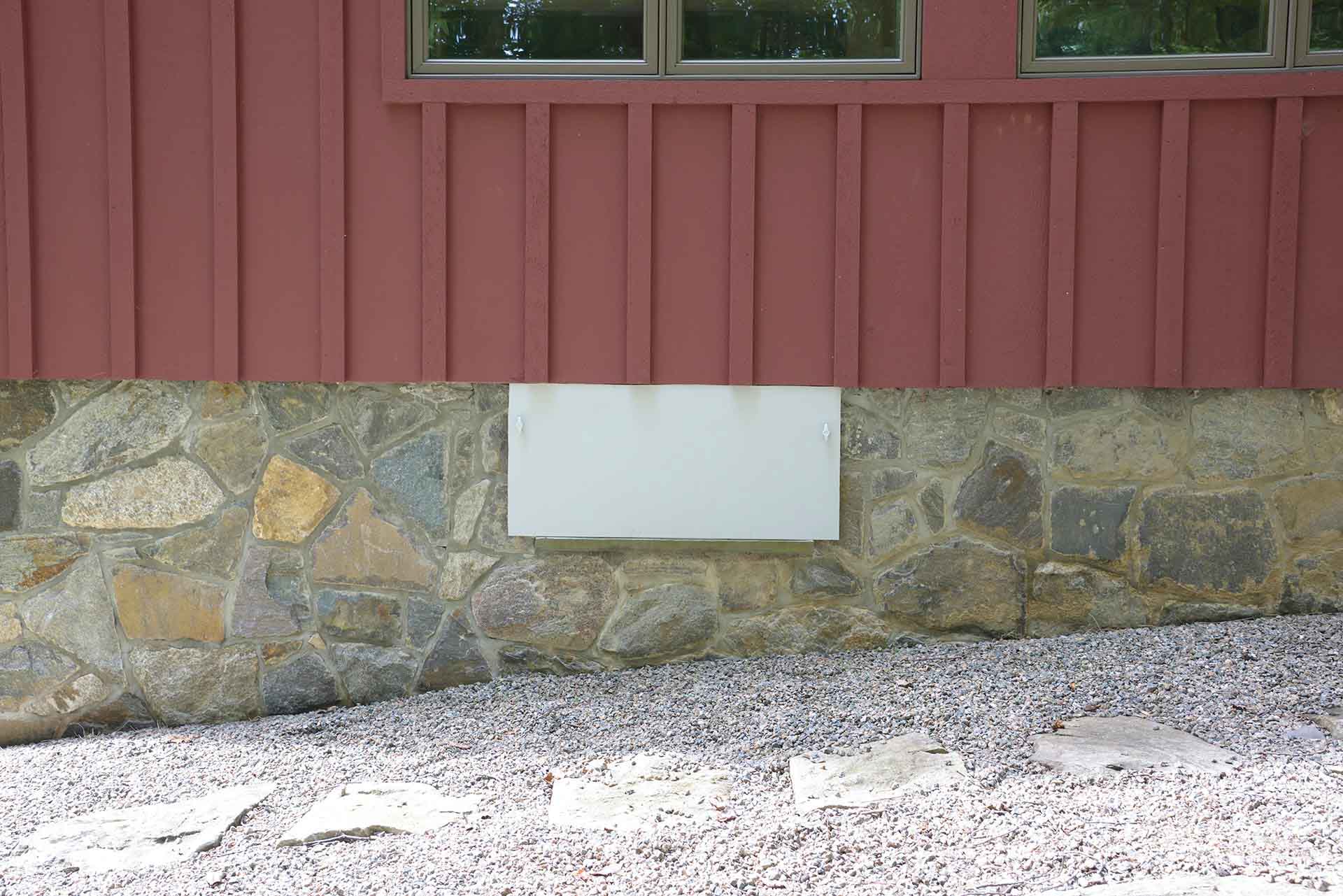

0 thoughts on “What Is A Crawl Space Foundation”